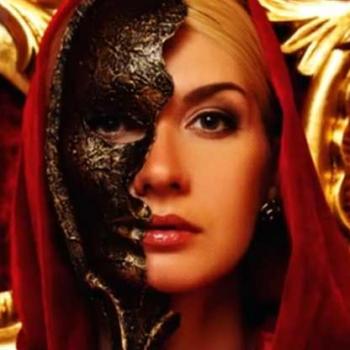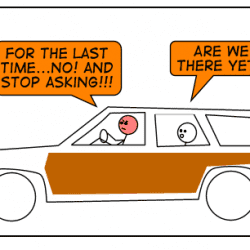(Originally printed in PULP)
One of my biggest issues with Western religious groups is how we tend to treat the human body. Aside from too often condemning our bodies as inherently dirty or sinful, we also tend to over-indulge them when it comes to food, to say the least. We too rarely speak of the spiritual importance of other self-care practices such as exercise.
Ideally, we wouldn’t have to preach about it, but rather would live as examples to our communities. But more often than not, it seems like the religious leaders who are set apart are some of the worst offenders when it comes to self-care, or lack of it.
This isn’t the case in all religious circles, however. For example, Yoga is a spiritual practice that emphasizes physical and spiritual wellness, and celebrates balance, both figuratively and literally. When I was not active in organized religion through much of my twenties, I found both the sense of community and discipline I longed for in martial arts. I was particularly drawn to Shaolin boxing, which was touted as the most ancient martial art, crafted by monks both as a spiritual practice and a method of defense.
So, although there are exceptions, it seems that religions originating from Asian cultures generally tend to get the importance of physical discipline and self-care, better than we westerners do. So, it was no great surprise when my latest spiritual inspiration was a Buddhist monk.
Endo Mitsunaga, a Japanese Zen Buddhist, is only the 13th monk since World War II to earn the honor of daiajari for completing an arduous pilgrimage. A resident monk of the Enryaku-ji temple on Mt. Hiei, near Kyoto, Mitsunaga completed a 26-mile trek in a single day through the mountains, marking the journey with 260 prayers along the way.
To complete such a task in itself is impressive, walking the equivalent of a marathon on the side of a mountain, but the 34-year-old monk has done the same walk a thousand times in the past seven years. He does the circuit, which brings him back to the monastery at its end, in strings of 100 or 200 days in a row, while wearing sandals hand-woven from grass.
By completing this pilgrimage, he has walked the equivalent of the distance around the planet Earth.
For most of us, this regimen would be all-consuming in itself, but he does this in his “free time,” since he’s also charged with taking care of the other monks in the monastery seven days a week. His daily tasks take up about 80-plus hours a week, so he wakes up at 12:30 in the morning to begin his walk, finishing by 8 a.m. so he can work until after prayers at 8 p.m., sleep for four hours and get up to do it all over again.
Some might see the monastic life as selfish, not really offering anything to the world by walking in circles day after day around a mountain. But to me, such commitment, focus and self-discipline reveal how much we’re truly capable of as human beings. We tend to fall back on the “my life is already too crazy” argument for not praying, serving others or even caring for ourselves, but clearly, it’s more a matter of priorities than a matter of ability.
It’s unfortunate that we have so few examples of sacrificial discipline in Western culture to help illuminate a path by which we might better ourselves. But at least, from somewhere on a mountaintop halfway around the globe, a monk’s quiet footsteps are heard half a world away.
I’m not likely to join a monastery or walk around 26,000 miles in sandals any time soon, but Endo Mitsunaga serves as a heartening and challenging example that, given the will to do so, I can always do at least a little bit more.











